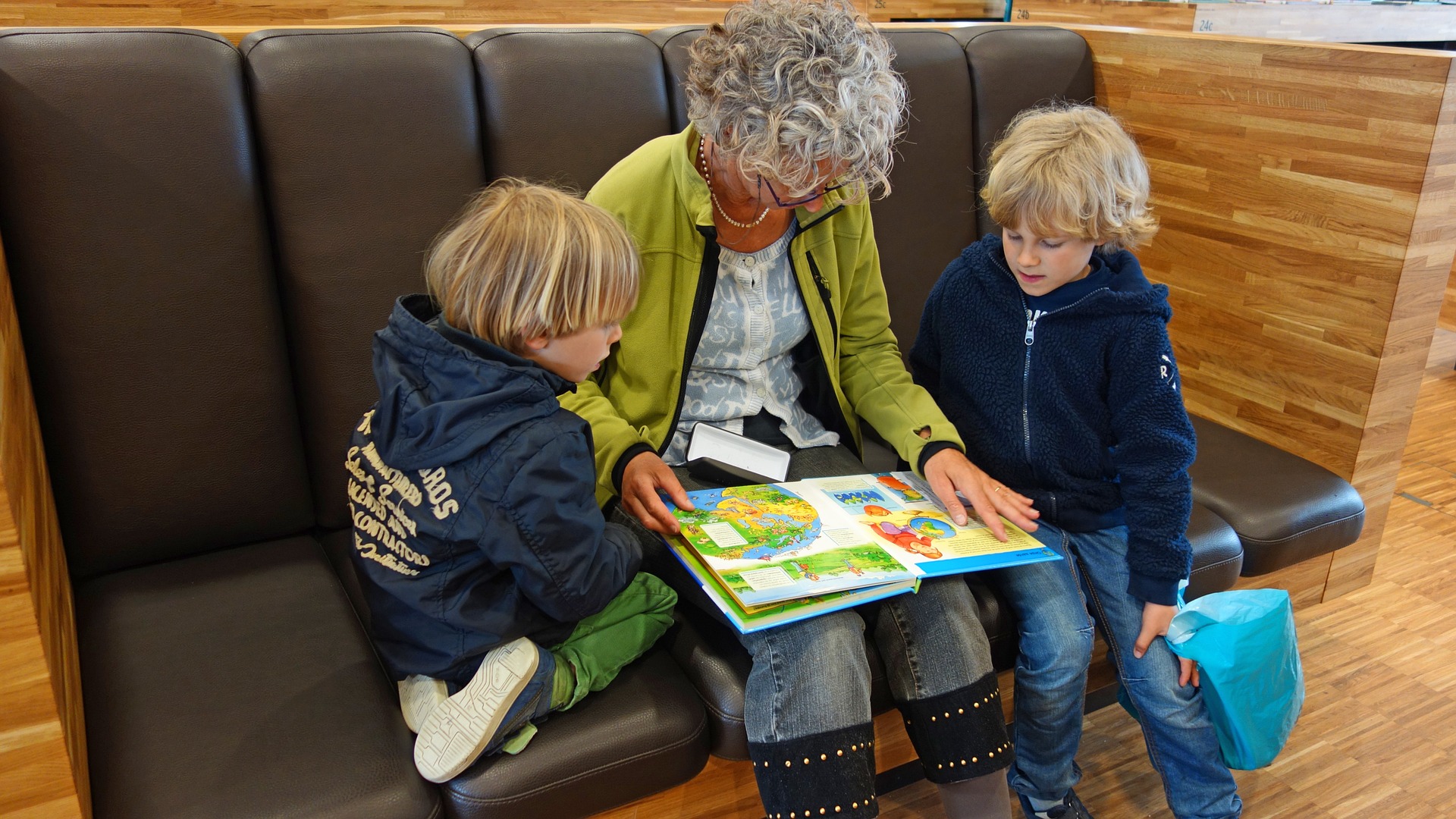
The World of Grandfamilies
More children are living with their grandparents than ever before in contemporary society, because the parents of those children are not in a position to raise them. This could be due to the death of the parent, financial circumstances, or unsafe circumstances such as drug abuse, neglect, incarceration, or mental health problems. Having grandparents raise their grandchildren is much more preferable in many instances to putting children into foster care or temporary placements.
About 2% of U.S. children are being raised by a grandparent with no parent in the household, referred to as grandfamilies.
Across the United States, more than 13 million children live in homes with their grandparents.
For more information, see:
- https://www.psychologytoday.com/ us/ blog/ evidence-based-living/ 201709/ when-grandparents-raise-their-grandchildren/
- https://brandongaille.com/21-statistics-on-grandparents-raising-grandchildren/
The Good…
Grandparents and grandchildren have a great warmth and appreciation for each other and value the important role that they play in each other’s lives.
The Bad…
For Grandparents:
-
-
- Older adults who take custody of their grandchildren are more likely to be poor.
- About two thirds of these families live in households with incomes less than 200% of the federal poverty line.
- 33% of the grandparents that are caring for their grandchildren have not graduated from high school.
- There is a 49% unemployment rate for grandmothers who are raising their grandchildren.
- Grandfathers have a 34% unemployment rate in households where they are supporting their grandchildren.
- Grandparents in these families are less likely to receive help with child care, and more like to suffer from physical disabilities and chronic health problems.
- These grandparents experience higher levels of stress compared with other grandparents and are more likely to face mental health and financial problems.
-
For Grandchildren:
-
-
- Because they are often living in an unofficial arrangement, grandchildren are less likely to qualify for social services.
- Custodial grandchildren have higher levels of behavioral and emotional problems that children in the average US population.
- Boys who are raised by grandparents are more likely to have externalized behavioral problems than girls, who are more likely to internalize issues.
-
Three-Generation Households
There is approximately a 30% increase in the number of children living in three-generation homes since 2001. Children who are black, Hispanic and Asian are more likely to live in three-generation homes compared to white children. And these children are more likely to live with a single parent rather than two parents.
When teen mothers live with their parents and child, they are more likely to finish school and become employed. There is some evidence that grandparents in three-generation homes experience more stress and depression, but this evidence isn’t conclusive. There is also evidence that children in single-mother, three-generation homes do better in school and are less likely to engage in risky behaviors compared to those living with a single mother alone.
